Schr¨odinger cats and quantum complementarity
Lorenzo Maccone
Dip. Fisica, Univ. of Pavia, INFN Sez. Pavia, via Bassi 6, I-27100 Pavia, Italy
Complementarity tells us we cannot know precisely the values of all the properties of a quantum
object at the same time: the precise determination of one property implies that the value of some
other (complementary) property is undefined. E.g. the precise knowledge of the position of a particle
implies that its momentum is undefined. Here we show that a Schr¨odinger cat has a well defined
value of a property that is complementary to its “being dead or alive” property. Then, thanks to
complementarity, it has an undefined value of the property “being dead or alive”.
In other words, the cat paradox is explained through quantum complementarity: of its many
complementary properties, any quantum system, such as a cat, can have a well defined value only
of one at a time. Schr¨odinger’s cat has a definite value of a property which is complementary to
“being dead or alive”, so it is neither dead nor alive. Figuratively one can say it is both dead
and alive. While this interpretation only uses textbook concepts (the Copenhagen interpretation),
apparently it has never explicitly appeared in the literature. We detail how to build an Arduino
based simulation of Schr¨odinger’s experiment based on these concepts for science outreach events.
The Schr¨odinger’s cat argument was published by
Schr¨odinger’s in [1] and devised during a discussion with
Einstein. It was a provocation to show that quantum ef-
fects cannot be naively hidden in the microscopic realm,
but through linearity (and entanglement) they can af-
fect also macroscopic systems such as cats, giving rise, in
Schr¨odinger’s words, to “ridiculous cases”. While quan-
tum mechanics is by now well established, the debate on
its interpretation is still very much open: a huge num-
ber of competing interpretations vie for an explanation of
the quantum formulas. The Schr¨odinger cat is a perfect
testbed for such explanations [2].
In this paper, we give a very simple interpretation to
the cat, the “complementarity interpretation”, based on
textbook concepts, namely on the Copenhagen interpre-
tation. We then show how to use it to create a simulated
experiment which is effective to communicate to the gen-
eral public concepts such as the superposition principle
and quantum complementarity. Even though our expla-
nation could have been proposed by Bohr himself (who
famously championed quantum complementarity), Bohr
never explicitly addressed the cat [3]. In his discussions
with Schr¨odinger [4], he did address classicality, but only
limiting himself to the measurement apparatuses, which
is not what Schr¨odinger’s argument embodies. Surpris-
ingly, to our knowledge the proposal presented in this
paper (Schr¨odinger’s cat through complementarity) has
not appeared in the English literature previously [5].
The outline of the paper follows. We start by explain-
ing quantum complementarity and how it is embodied in
quantum mechanics. We then recall Schr¨odinger’s ar-
gument and show how quantum complementarity can
be used to make sense of the superposition. We con-
clude detailing how one can construct a simulation of
Schr¨odinger’s experiment in a cardboard box controlled
through an Arduino microcontroller with a simulated cat.
Quantum complementarity:— All systems are de-
scribed by a collection of their properties. For exam-
ple, the state of a featureless particle is described by two
properties, its position and its momentum. A spin 1/2
is described by the components Jx, Jy, Jzof its angular
momentum. A cat is described by a myriad of compli-
cated properties (color, weight, furriness, position, etc.).
One of these is its “being dead or alive”: it can have two
distinct values ‘dead’ and ‘alive’ (we will neglect inter-
mediate ‘moribund’ values).
Properties in quantum mechanics are described by ob-
servables, such as the position observable X. The states
of quantum systems are described by vectors |ψ⟩, and the
state of systems which have a definite value of a property
are eigenstates |x⟩of the observable. The corresponding
eigenvalue xis the value of the property in such state.
States are vectors because of the superposition principle:
any state is a linear combination of eigenvectors of some
observable. Also any eigenstate of an observable is a lin-
ear combination of eigenstates of other observables. The
Born rule tells us that, if we prepare a system in a (non-
trivial) superposition of eigenstates of the observable we
are measuring, we will get a probabilistic answer: that
observable property is not well defined in that system
state. (The probabilities are given by the square moduli
of the linear combination coefficients. We discuss below
whether such probabilities are due to ignorance of some-
thing, or to the fact that this something is undefined.)
Complementarity, hence, follows by joining superposi-
tion with the Born rule. Consider two properties: ob-
servable ˆ
Hand observable ˆ
S. Suppose that the ˆ
Heigen-
states are all nontrivial superpositions of ˆ
Seigenstates
and that the state of the system is in an eigenvector of
the ˆ
Sobservable. Then property ˆ
Swill have a definite
value, but ˆ
Hwill not. Complementarity [6, 7] can be
loosely stated as: “if the value of one property is deter-
mined exactly, the values of some other properties will be
undefined”. E.g. if the position of the particle is exactly
arXiv:2210.01083v2 [quant-ph] 29 Aug 2023

 2024-12-06 4
2024-12-06 4
 2024-12-06 11
2024-12-06 11
 2024-12-06 29
2024-12-06 29
 2024-12-06 26
2024-12-06 26
 2024-12-06 29
2024-12-06 29
 2024-12-06 11
2024-12-06 11
 2024-12-06 35
2024-12-06 35
 2024-12-06 12
2024-12-06 12
 2024-12-06 37
2024-12-06 37
 2024-12-06 26
2024-12-06 26

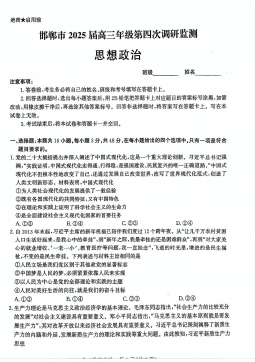
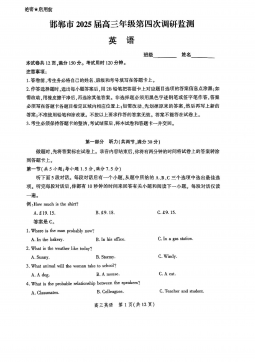
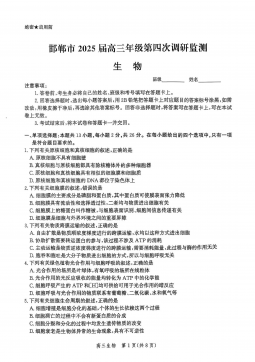
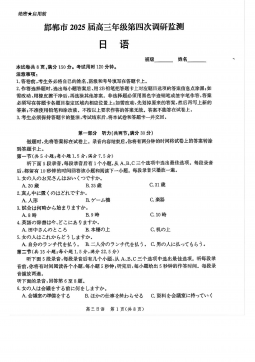
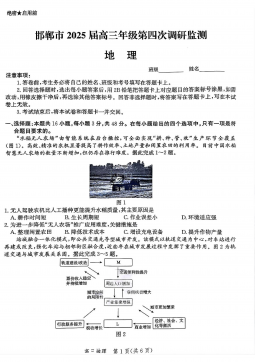


 渝公网安备50010702506394
渝公网安备50010702506394
